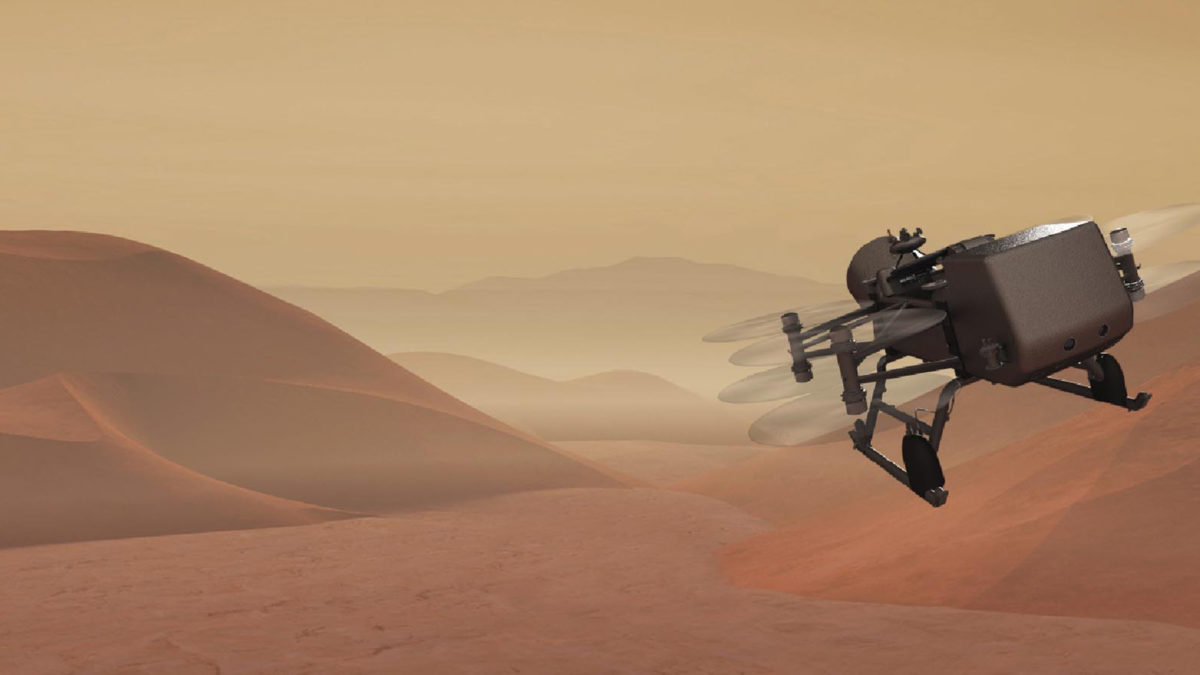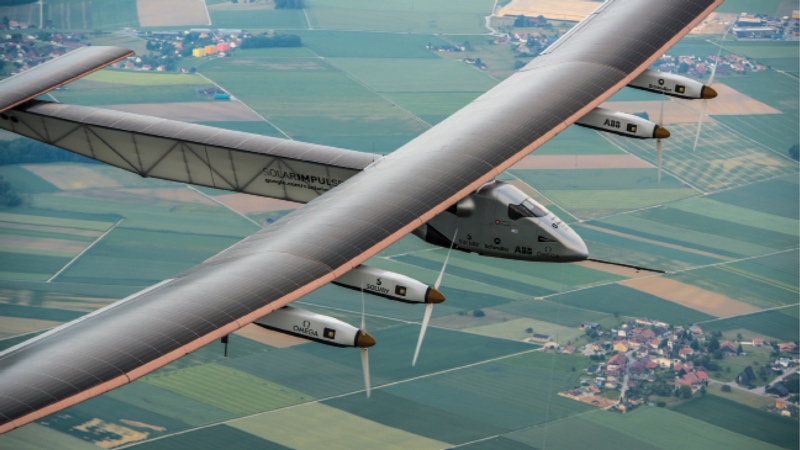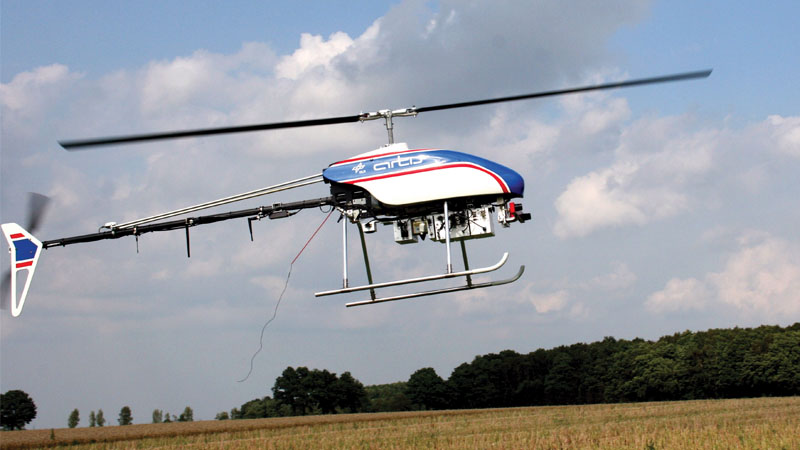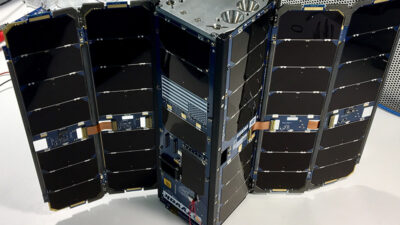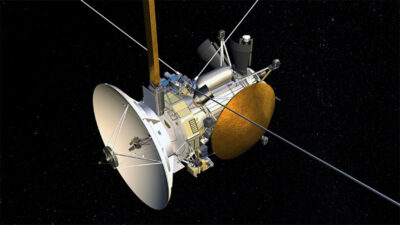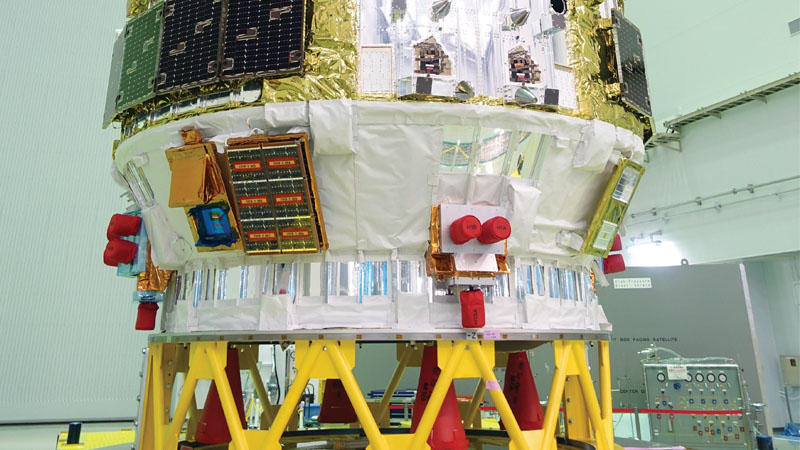AI advances military drone effectiveness, lunar exploration
By Uday J. Shankar and Kevin P. Bollino|December 2019
The Guidance, Navigation and Control Technical Committee advances techniques, devices and systems for guiding and commanding flight vehicles.
Intelligent automatic control relies heavily on artificial intelligence and machine learning. The U.S. Department of Defense is making major progress in research and development in the field of autonomy amid a renewed emphasis on robotics and autonomous systems.
In March, William Roper, assistant secretary of the U.S. Air Force for acquisition, technology and logistics, announced Skyborg, the Air Force’s future AI-enabled fleet for unmanned combat aerial vehicles. Skyborg will augment crewed fighter jets with autonomous drones as their “wingmen.” This ongoing pursuit of fully autonomous aircraft that leverage AI and machine learning focuses not only on the combat systems but also on the infrastructure and development environment such as networks and cloud servers to improve overall aircraft effectiveness.
In another AI-related initiative, the Air Force is developing the Air Force Cognitive Engine software application, which was in beta testing in April, as its core infrastructure for AI development to stimulate technological advancements in aircraft, spacecraft and missiles.
For its next New Frontiers mission, NASA selected the Dragonfly rotorcraft in June to explore the icy, unique and richly organic world of Titan, Saturn’s moon. From a guidance, navigation and control perspective, two items stand out: the use of a rotorcraft and autonomous navigation. Dragonfly has an approximate 10-times advantage in power-to-weight ratio on Titan as compared to Earth. Dragonfly will have inertial and terrain-relative navigation with an inertial measurement unit and optical sensors, enabling navigation and hazard detection in a feature-poor terrain with soft and diffused lighting. This maturation of drones follows the development of miniature sensors, autopilots and hazard-detection methods. Dragonfly will be launched in 2026 and arrive on Titan in 2034.
In the 50th anniversary year of Apollo 11, three missions sought to land on the moon, with a fourth planned for launch. In January, China’s Chang’e-4 became the first spacecraft to land on the far side of the moon. The lander released a rover, Yutu-2, which is exploring the basin of the Van Karman crater. The Queqiao relay satellite — the first satellite in a halo orbit at the Earth-moon L2 Lagrangian point — relays communications between ground stations and the spacecraft. In contrast to the success of Chang’e-4, the Israeli Beresheet and the Indian Vikram landers crashed during final descent to the moon. In April, during Beresheet’s critical landing phase, it appears its inertial measurement unit reset, shutting down the main engines. In September, the Vikram lander appeared to have a nominal descent until its fine breaking phase, when communication was lost. The Indian Space Research Organization is still looking for answers. Meanwhile, the co-manifested Chandrayaan-2 orbiter, which reached its lunar orbit in August, is functioning well. Finally, in December, China was scheduled to launch the Chang’e-5 lander and sample return — the first since Luna-24 in 1976.

